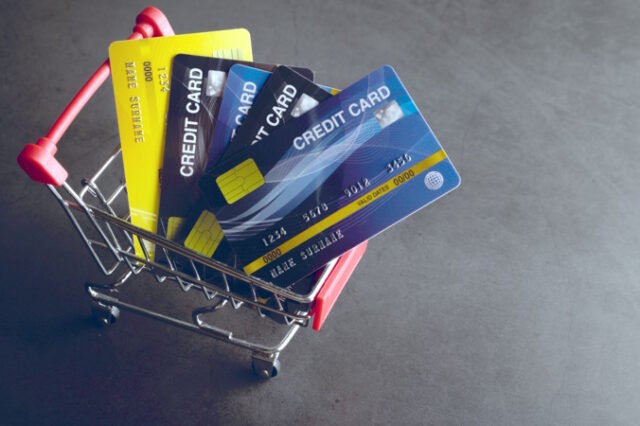
Collectively, Americans owe more on credit cards than ever before. And they’re paying a higher price for it, as well.
The average annual interest rate for credit cards is now near 21%, according to data from the Federal Reserve — marking the highest rate since the Fed began tracking this figure nearly three decades ago.
As the Fed raises rates to cool inflation, it’s becoming even costlier to borrow. With another possible hike on the horizon, average credit card annual percentage rates, or APRs, could still move higher in the months ahead, according to Greg McBride, chief financial analyst at Bankrate.com.
Sky-high APRs make credit cards one of the most expensive ways to borrow money from month to month. However, there are some tools and tricks to help pay down that balance.
Here are the three steps experts most often recommend.
Cards offering 15, 18 and even 21 months with no interest on transferred balances “can be your best friend on the path to getting out of credit card debt,” McBride said.
“The 0% will shield you from interest charges and further rate hikes, but you’ll still have to do the dirty work of actually paying down the debt.”
If you don’t pay the balance off, the remaining balance will have a higher APR applied to it, which is generally about 23%, on average, in line with the rates for new credit.
Further, there can be limits on how much you can transfer, as well as fees attached. Most cards have a one-time balance transfer fee, usually around 3% to 5% of the tab. And one late payment can negate your no-interest offer.
Consider a personal loan
Otherwise, consider a debt consolidation loan, which is a type of personal loan that allows you to combine interest from multiple credit cards into one low-interest fixed payment, advised Sara Rathner, a credit cards expert at NerdWallet.
“The interest rate will depend on your credit, but it may be worth it if the cost of interest and fees are significantly lower than what you’re currently paying on your credit cards,” Rathner said.
Further, borrowers may find it simpler to budget for a fixed monthly payment until the debt is paid off, Rathner added. “That can be easier to wrap your head around.”
Employ a debt-payoff method
Most experts also recommend coming up with a strategy to stay motivated. The two most common are the avalanche method and the snowball method.
The avalanche method lists your debts from highest to lowest by interest rate. That way you pay off the debts that rack up the most in interest first.
Alternatively, the snowball method prioritizes your smallest debts first, regardless of interest rate. The idea is that you’ll gain momentum as the debts are paid off and that will motivate you to keep going.
With either strategy, you’ll make the minimum payments each month on all your debts, and put any extra cash toward accelerating repayment on one debt of your choice.
“Avalanche will save you more on interest over time, but if your priority is knocking out the first couple of debts really fast to stay motivated, that’s where snowball comes in handy,” Rathner said.
This article originally appeared here and was republished with permission.












